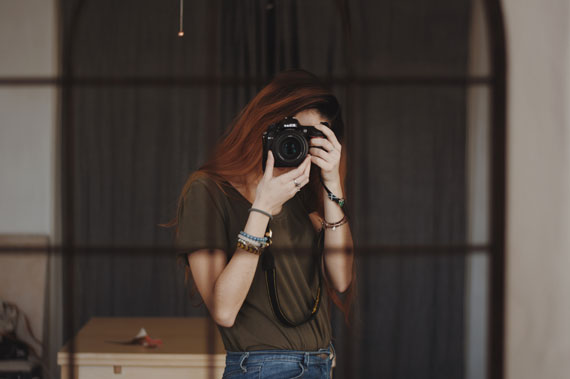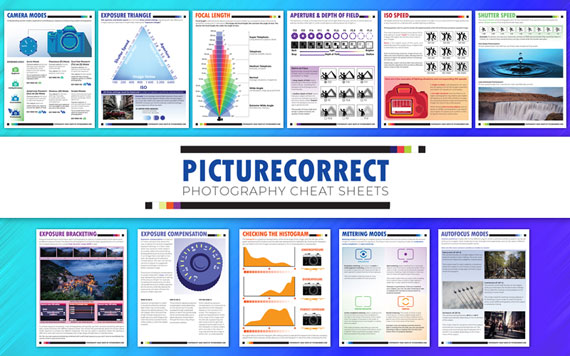There is a good reason why professional photographers suggest that you use a tripod for tack sharp photos. We do not realize it, but even the tiniest of movements from our hands can creep into the image in the form of camera shake. This does not make much of a difference in general photos, but in those cases where sharpness is critical, even that minor shake can render your image unusable.
Quick reminder: today’s lesson is based on one of the Fundamental Photo Cheat Sheets which are currently 75% off for a Summer Sale.

Photo captured by Céline Druguet
There are various factors that influence camera shake, and the shutter speed that you choose to use is one of them. By using a fast enough shutter speed, you can counter the camera shake caused by your shaky hands. This way, you can still end up with sharp photos. So, what is the minimum shutter speed that you should be using when handholding a camera? Well, the answer to this question is again influenced by the focal length of the lens that you use.
If you haven’t noticed, there is a direct impact of focal length on the amount of shakiness when handholding the camera-lens combo. When using short focal lengths, camera shake is usually not an issue unless you have a physical condition with shaky hands. On the other hand, when using a lens with long focal length, even a tiny bit of camera shake gets amplified and that can cause a good amount of unwanted blurriness in your photos.
Reciprocal “Rule”
In photography, there’s this concept called the reciprocal rule which gives a general idea of what shutter speed you should be using based on the focal length you’re working with. Simply speaking, this rule of thumb states that the minimum shutter speed you can use when hand-holding in order to nullify camera shake should be at least the reciprocal of the focal length (35mm equivalent).
Minimum shutter speed for shake-free image = 1/focal length (35mm equivalent)
For instance, if you are hand-holding a full-frame camera with a 200mm lens, your shutter speed should at least be 1/200s to cancel out any camera shake. And in case you’re using a crop-sensor, you’ll need to factor in the crop factor as well. So, if you’re hand-holding an APS-C camera with a crop factor of 1.5 with a 200mm lens, your minimum shutter speed should be at least 1/(200*1.5) = 1/300s (approx. 1/320s) in order to counter any camera shake.
However, keep in mind that this is just a general rule of thumb and not scientific. But, it is widely accepted because it works in real life. Depending on certain factors, you can vary your minimum hand-held shutter speed.
- If your lens and/or camera has stabilization, enabling it can allow you to shoot steady images at a shutter speed slower than the one recommended by the reciprocal rule.
- If you hold your camera steadily by tucking in your elbows while holding a firm stance, you can get sharper images at slower shutter speed.
- If you have a very high megapixel camera (>24MP), they are even more sensitive to the tiniest of shakes. So, you will need to use a shutter speed faster than the one recommended by the reciprocal rule.
If you’ve been getting camera shake in your images when working hand-held, now you know why. Practice how to hold your camera better, make use of the stabilization features in your camera and lens, and most importantly, use a fast enough shutter speed. Try these tips and you will realize an increase in sharpness in your images.
Have you ever wanted to photograph an amazing moment but missed the shot because you didn’t know the right camera settings to use? That’s where our popular cheat sheets come in. They are currently 75% off for a Summer Sale which ends soon if you want to check them out.
Whether you’re a seasoned professional or just starting out, photography cheat sheets can be a valuable resource for improving your skills and taking your photography to the next level. The perfect companion for any photographer. Print one out whenever you need it.
Summer sale ending soon: The Camera Cheat Sheets at 75% Off
Like This Article?
Don't Miss The Next One!
Join over 100,000 photographers of all experience levels who receive our free photography tips and articles to stay current:






